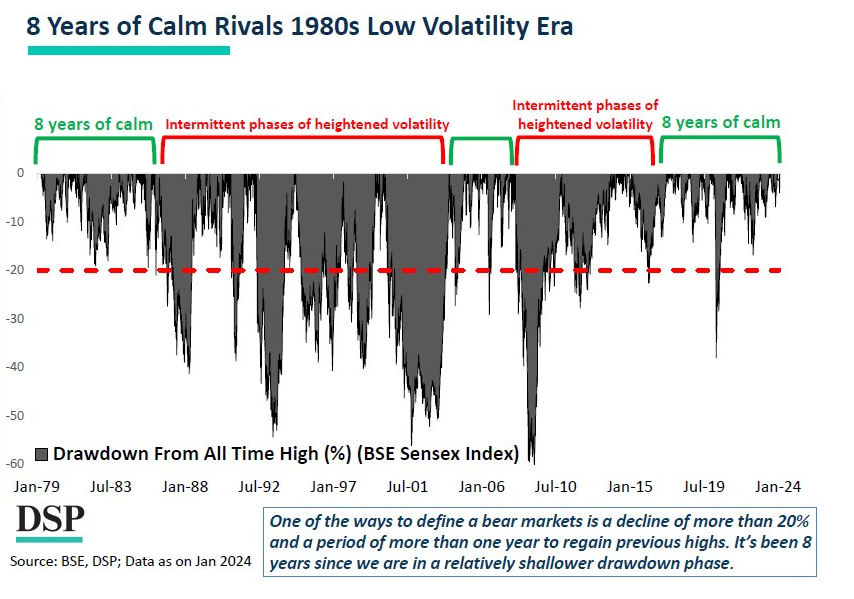This could be a good beginning if it is not the end. Much bigger and broader support needed. #EconomicPackage
This isn't 1.7Lakh cr, looks smaller, net. Increase in MNREGA happens every year. Can't be part of an additional package until the increase is big.
In totality INR73,600 cr seems to be the number which will be under cash transfers or payments. This is 37bps of GDP. Rest are in kind, dependent on PDS and off-take. Impact will be visible once implemented. @EmergingRoy kind comments?
• • •
Missing some Tweet in this thread? You can try to
force a refresh

















